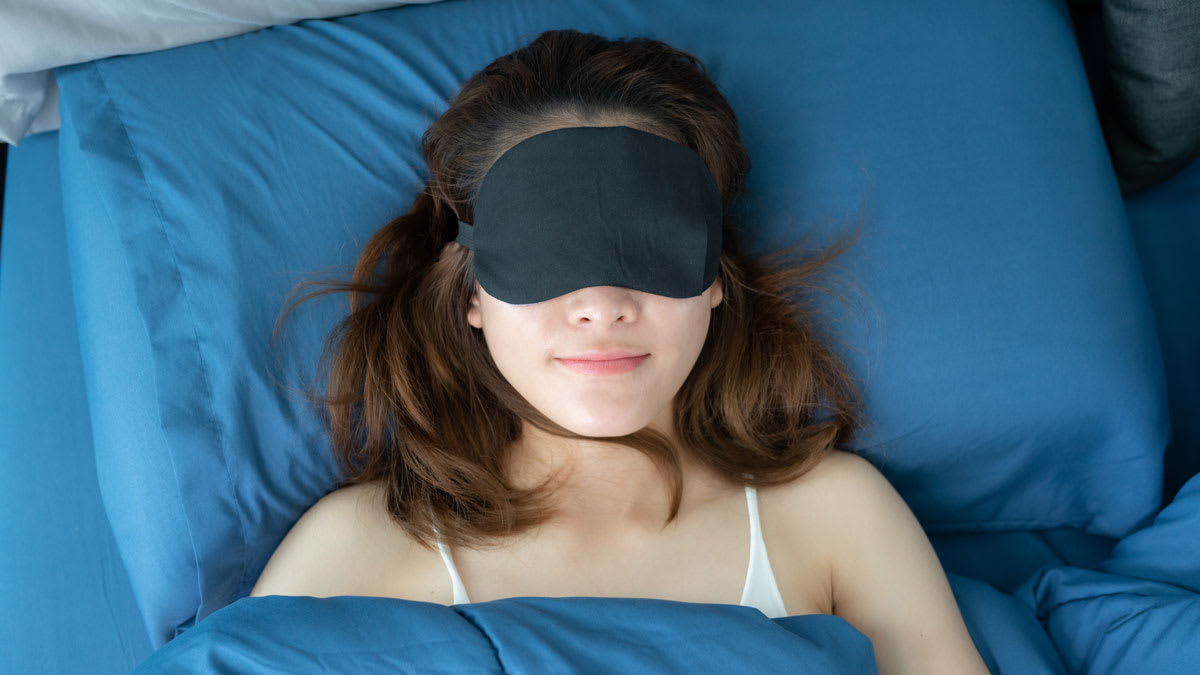Should You Be Sleeping on Your Back?

The hair experts we spoke with didn’t take as strong a stance about sleep positions, but they agreed that reducing friction (regardless of your sleep posture) helps keep your hair in good condition.
The best way to prevent hair loss and breakage overnight depends on the length and texture of your hair. If you have short to medium-length hair, Sethi Thacker recommends keeping it loose on your pillow. If you have long hair, sleeping with it down might cause friction and tangling, she says, so a loose bun or braid is a better idea. For people with curly or coarse hair, Sethi Thacker recommends wearing a silk or satin sleeping bonnet to prevent tangling and friction.
Kim Gueldner, a hairstylist and founder of Voël Hair Studio, says that minimizing hair movement is most helpful and that she likes bonnets or hair wraps for reducing breakage or hair loss. “The friction of moving around in our sleep causes tangles and breakage,” she says. “If you stay in one position all night, that is ideal but not likely for most.”
A satin or silk pillowcase is a good tool to fight hair breakage, especially if you’re a restless sleeper. Fabrics like cotton can absorb moisture and catch the cuticle of hair strands, damaging them. The smooth surface of a silk pillowcase reduces friction and, therefore, breakage. Some evidence suggests that when compared with typical cotton pillowcases, silk pillowcases absorb less moisture.
Satin, a type of weave made with silk, polyester, or rayon, is typically more cost-effective than silk. “A silk or satin pillowcase is the best option,” says Penny James, a trichologist at the Penny James Trichology Center in New York City. (Trichologists are scalp and hair specialists.) “Its surface is smooth and almost slippery, helping prevent tangles and breakage along the hair shaft.” Make sure you change your pillowcases often, James says. CR recommends washing and changing them, along with your sheets once a week.
Source link











